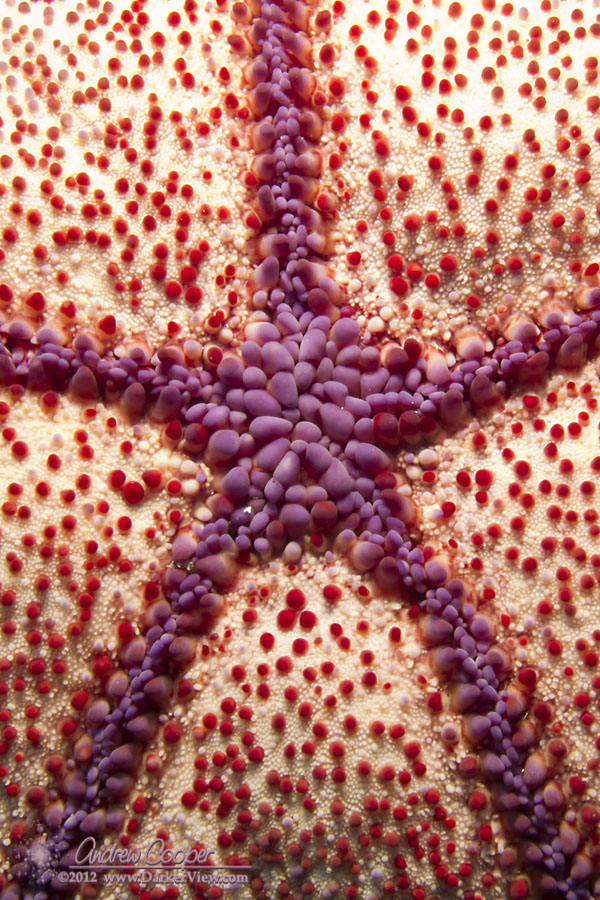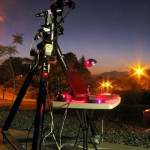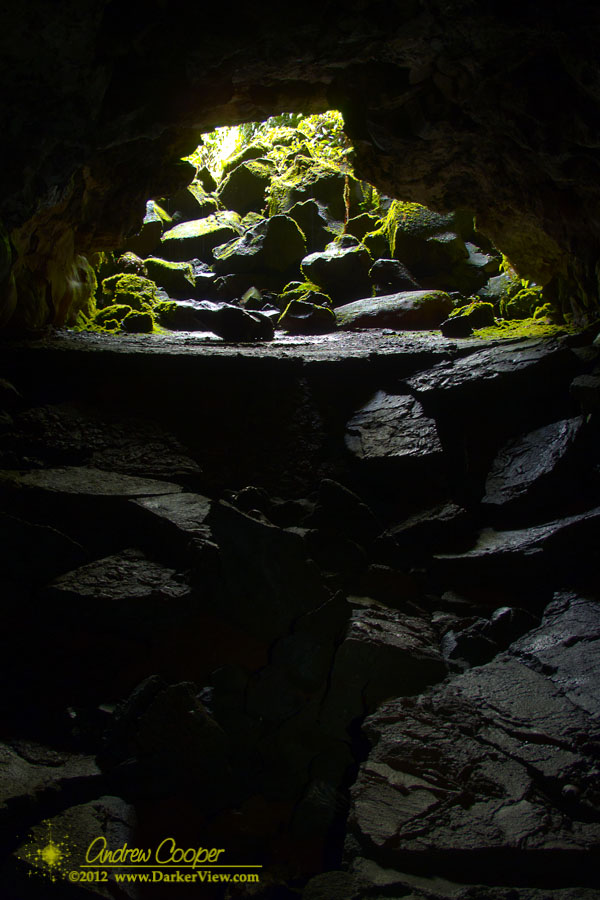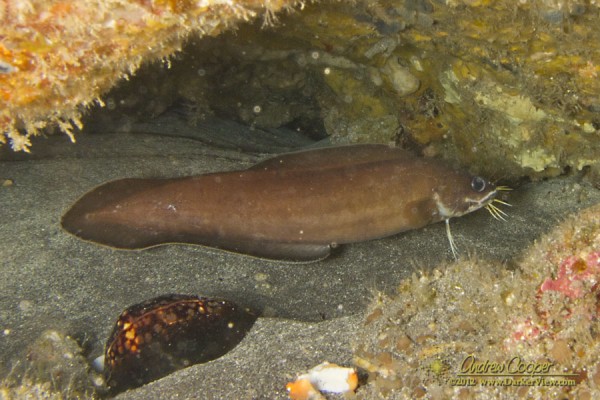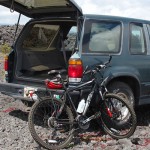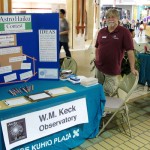I have had a problem observing here in Hawai’i. The skies can be gorgeous, there is little to no light pollution, and you have access to much more of the southern sky. What could go wrong? …Dew!

I had one dew strap available, given to me by a friend and fellow observer, a small one just right for wrapping around an eyepiece. So I just needed a controller to get started. There are several of these available on the market. But I had some issue with the cost, it seemed a bit high for what was essentially a very simple device. Some of the commercial units offered features like temperature sensing and regulation. Simple overkill for most users actual needs, just warm the optic slightly until the dew goes away. Sounds like an excuse for another evening project to me… Build it!

